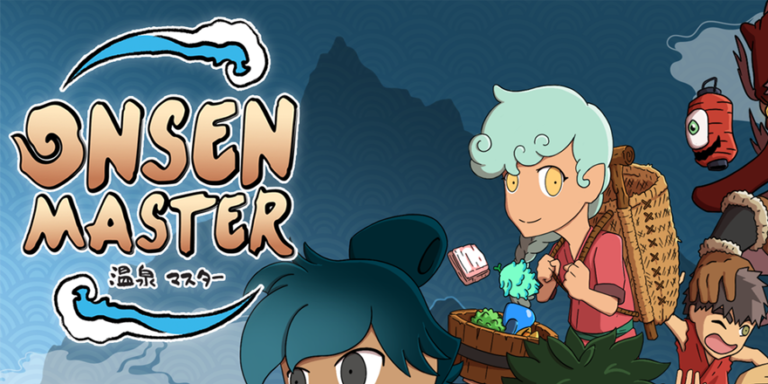


There are quite a few rules of etiquette surrounding onsen bathing, and this can make the whole thing seem a little scary and uncomfortable when you’re not sure what you’re doing – but once you’ve done it once you’ll realise that it’s really not that complicated after all. Once you’ve done it, you’ll never look back! Nyuto Onsen’s famous outdoor bath There really is nothing more relaxing or therapeutic than lying back in a hot bath after a long day – especially when you’re surrounded by falling snow, on a beach, overlooking a beautiful mountain view, or listening to a river rushing past. Onsen baths can be beautiful objects in themselves – made from materials such as cypress wood, marble and granite – and are often situated in areas of outstanding natural beauty or attached to lovely traditional inns, which enhances their appeal.
#ONSEN MASTER FULL#
Onsen water has been believed to have a multitude of healing properties basically since time began, and is packed full of minerals that are thought to be good for your skin, circulation and general health. Red means women blue means men! (Photo: Kifu no Sato)Ĭommunal bathing doesn’t exactly sound appealing to most gaijin (foreigners), but in Japan it is a beloved part of traditional culture. Onsen and sento entrances are marked by half-length curtains. Nevertheless, the rules of etiquette are the same for both onsen and sento, so with your newfound skills you’ll be able to tackle any bathhouse with aplomb. Whilst onsen are generally looked on as something as a treat, sento are the everyday bathhouses of ordinary Japanese people – and as such make a very interesting experience in themselves, although sometimes it can be a bit daunting to enter on your own as very few foreigners take the time to seek them out.

Sento, on the other hand, are indoor public bathhouses supplied by ordinary heated water. Rotenburo is another word you may hear in Japan and refers to an outdoors onsen (the best kind!). The prerequisites of an official onsen are that the water must contain at least one of the 19 designated chemical elements that naturally occur in hot spring water, and it must be at least 25C when it comes out of the ground. Onsen water is geothermally heated beneath the ground and rises to the surface bubbling hot. “hot water spring”) is a natural hot spring bath, and thanks to its plentiful volcanic activity Japan has lots of them. And yet for such a well-loved pastime, onsen are also probably the scariest part of Japanese culture for most foreigners.īut don’t worry – after reading this guide, you too will be an onsen master! Senninburo, a giant outdoor onsen bath carved into the riverbed at Kawayu Onsen (photo: Kumano Travel)įirst things first! An onsen 温泉 (lit. Ask almost anybody at InsideJapan Tours what is their favourite thing about Japan, and they will probably list the people, the food, and the onsen. Heck, ask any Japanese person what is their favourite thing about Japan and they’ll most likely say the same.


 0 kommentar(er)
0 kommentar(er)
